Lettuces, Rising Mortgage Rates, and the Cost of Living
- DATE : August 5, 2022
- AUTHOR : Alan Shields - Chief Data Officer and Co-Founder, RFI Global
Lettuces, Rising Mortgage Rates, and the Cost of Living
- DATE : August 5, 2022
- AUTHOR : Alan Shields - Chief Data Officer and Co-Founder, RFI Global
It’s hard to get through the day without a reminder that life is getting more expensive. Whether you are reading an article by an economist telling you that inflation is high and rising or gawping at stories of $14 iceberg lettuces, the message is everywhere.

Outside of the media, we see it when paying for groceries, gas or electricity bills. The facts are inescapable.
What about debt?
A measure of the real cost of living has to take into account debt payments too. And there is again little relief for consumers on that front. We’re seeing base rates rise as central banks attempt to curb inflation and an associated rise in mortgage interest rates. As I write this, the Reserve Bank of Australia has just raised the cash rate target for the fourth consecutive month, meaning it has risen by 1.75% from 0.1% since the beginning of May.
Similarly, the Bank of Canada has raised the Canada Bank Rate by 2.25% from 0.25% in January and the Bank of England has raised the Base Rate from 0.1% in November 2021 to 1.25% and there is speculation of an imminent rise in the days to come.

*At the time of writing there was speculation that the Bank of England was about to raise the Base Rate by the largest amount in 25 years
Source: RBA, Bank of England and Bank of Canada
You’d have to go back to at least 2009/10 to see rate rises of such magnitude in Australia. At that time, the RBA raised the cash rate by 1.5% in six out of seven consecutive months – and to the pre-global credit crunch in the UK. Therefore, for many consumers, this is the first time they’re experiencing rising rates as mortgage borrowers.
So, while we know that borrowing is becoming more expensive, we don’t necessarily know what this means for borrowers and what impact the mortgage has, relative to other inflationary cost pressures.
Looking at some of RFI Global data, following these rises and the knock-on effect on mortgage rates, we’re seeing an increased level of mortgage stress among borrowers. We measure stress by the proportion of borrowers that expect to struggle to meet mortgage repayments in at least one of the next 12 months. The data tells us two things. Firstly, Canadians feel less positive about their ability to mortgage repayments vs Aussies or Brits, with 23% in a state of stress in June 2021 compared to 11% of Australians and 15% of UK borrowers.
Secondly, the levels of stress rose in all three markets – by 6% in Australia, from 13% to 19% and by 8% in the UK, from 15% to 23%. Canada saw a much lower rise in stress, which may be due to the prevalence of fixed rates there, which still account for more than 70% of loans despite a surge in the popularity of variable rates in 2021.

Source: RFI Global, Australian Mortgage Council, Canada Mortgage Council and UK Mortgage Council Research
It’s all relative
When understanding trends, it’s useful to have relativity. Fortunately, at RFI Global, we’ve been measuring the impact of rising rates in Australia since 2006. This data affords us a privileged view of how consumers are reacting to the current environment and how that compares to historical trends.
Let’s wind back the clock to the last time we saw significant rate rises in 2009. Between June 2009 and December 2010, during which Australia saw six rate rises, mortgage stress rose by a similar amount to our last 12 months, by 7% from 14% to 21%.

Source: RFI Global, Australian Mortgage Council Research
The question is: what is causing the stress? Is it the mortgage repayments or is it the rising cost of living, more generally? And how is this different now versus 2009? At RFI, we have the data.
Since 2007, we’ve been asking Australian borrowers who are struggling, what it is that is causing them problems. Firstly, it’s important to point out that there will be factors unrelated to the cost of debt or living that cause consumers to get into a situation of mortgage stress. Factors like divorce/ separation, unemployment and starting a family account for a significant minority of cases. In 2009, for example, unemployment was noted as a factor by 8% of strugglers. In 2022 that percentage is 5% or one in 20.
What is interesting though is that in 2009, the biggest factor in mortgage stress was the mortgage repayment itself, with 60% of strugglers citing this ahead of a general rise in the cost of living (55%) and higher grocery prices (44%). Whereas in 2022, the mortgage repayments themselves were beaten into third place, behind groceries and the cost of living.
This shouldn’t necessarily be surprising. According to the RBA’s indicator lending rates, December 2009 discounted variable rates were at 6.00%, compared to just 4.20% in June 2022. Further, the borrowers of 2009 would also have been familiar with much higher rates (almost 9%) 18 months prior, in June 2008.
The biggest factors contributing to mortgage stress in June 2022 are a general rise in the cost of living (noted by 83%) and higher grocery prices specifically (noted by 77%). Inflation is running at 6.1% currently, whereas at the end of 2009 it was 2.1%. Inflation is biting and it’s directly contributing to almost every case of current stress in the mortgage industry.
Alarmingly, despite the cost of the mortgage falling into third place in contributing factors in 2022 for 73% of strugglers, it’s still a bigger factor than it was in 2009 (60%). Put another way, we have more borrowers struggling with rising mortgage debt in 2022 when rates are coming off historic lows than we did in 2009 at the height of the GFC when mortgage interest rates were almost 50% higher.
So, what’s the outlook? To curb inflation, the RBA is expected to raise the cash rate further in 2022 so mortgage stress will rise again. This is inevitable.
For lenders, there is a role to play in helping customers through this – something they demonstrated they were very able to do during the pandemic. Focused on how they can balance their household budget, borrowers will be interested in debt consolidation and credit card rationalisation, and they will scrutinise other costs like subscriptions and product fees. Managing these things makes consumers feel in control and therefore happier with their situation. If they get it right, they may even be able to afford that extra lettuce…

Source: RFI Global, Australian Mortgage Council Research
Would you like to learn more? Get in touch with our experts.
Current
Loud Budgeting and the Big Switch
21 Feb 2024 \ Budgeting
Avoiding the ‘Intergenerational Tragedy’
28 Nov 2023
The Rise of Mobile Wallets in Canada
14 Sep 2023 \ Payments
SME’s, Stress and Scrutiny of costs
29 Jun 2023 \ Sentiment \ SME
BNPL – Regulation and Legacy
31 May 2023 \ BNPL \ Regulation
March Trends Newsletter, The MacroMonitor
14 Mar 2023 \ Women
February Trends Newsletter, The MacroMonitor
15 Feb 2023
2023 – The Year of SoftPOS?
14 Feb 2023 \ SoftPOS
A Year in the Life of BNPL
02 Feb 2023 \ BNPL
January Trends Newsletter, The MacroMonitor
20 Jan 2023
2022 – The year that was
17 Jan 2023 \ banking predictions
Winning with Cross-Sell, Singapore Webinar
01 Nov 2022 \ webinar
Who are the FiTeRRs?
13 Sep 2022 \ inflation \ Mortgages \ Youth Banking
The Canadian Mortgage Market
08 Jun 2022 \ Canada \ Mortgages
The Global State of BNPL | Regional Deep Dive
05 May 2022 \ BNPL
RFI Report | Banking on Digital
30 Oct 2021 \ Global \ mobile banking
The BNPL Juggernaut
24 May 2021 \ BNPL \ In-depth Insights
Driving Sustainability in Finance
25 Apr 2021 \ Sustainability






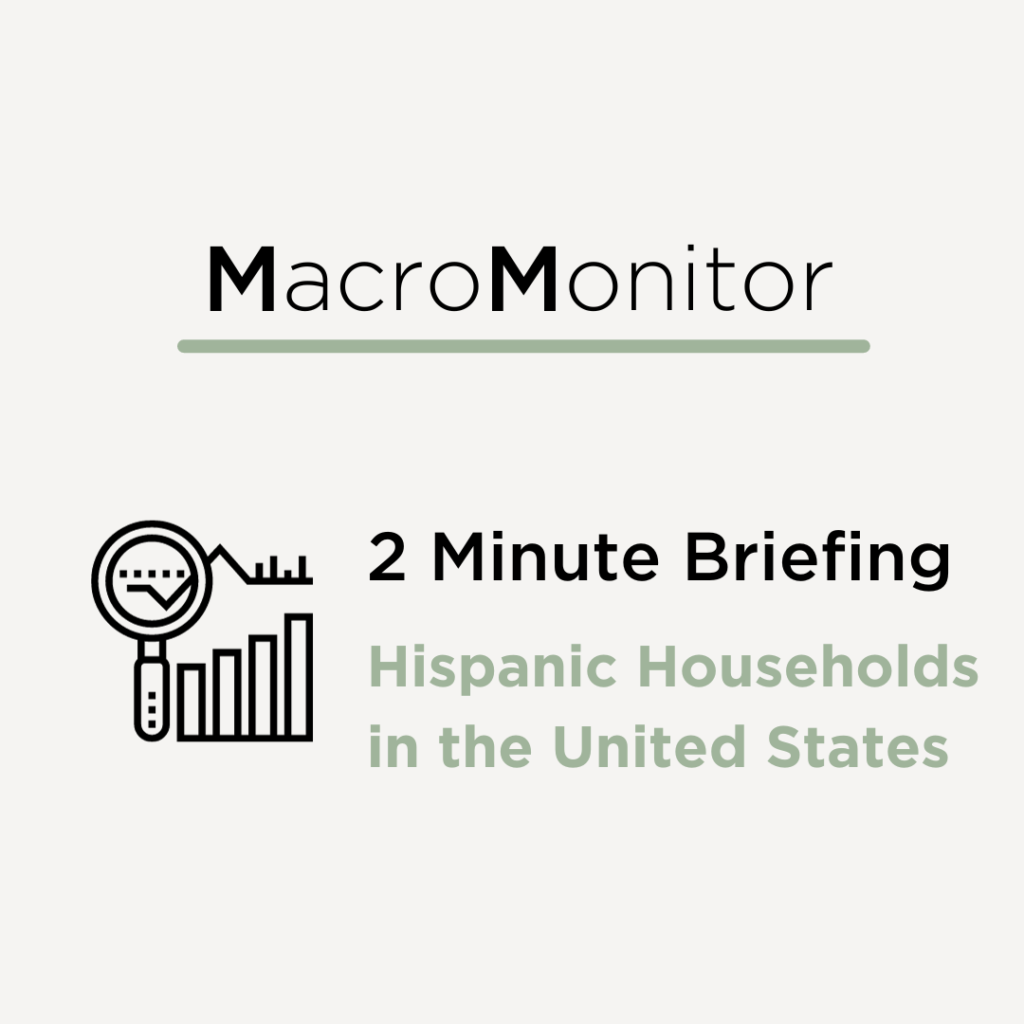













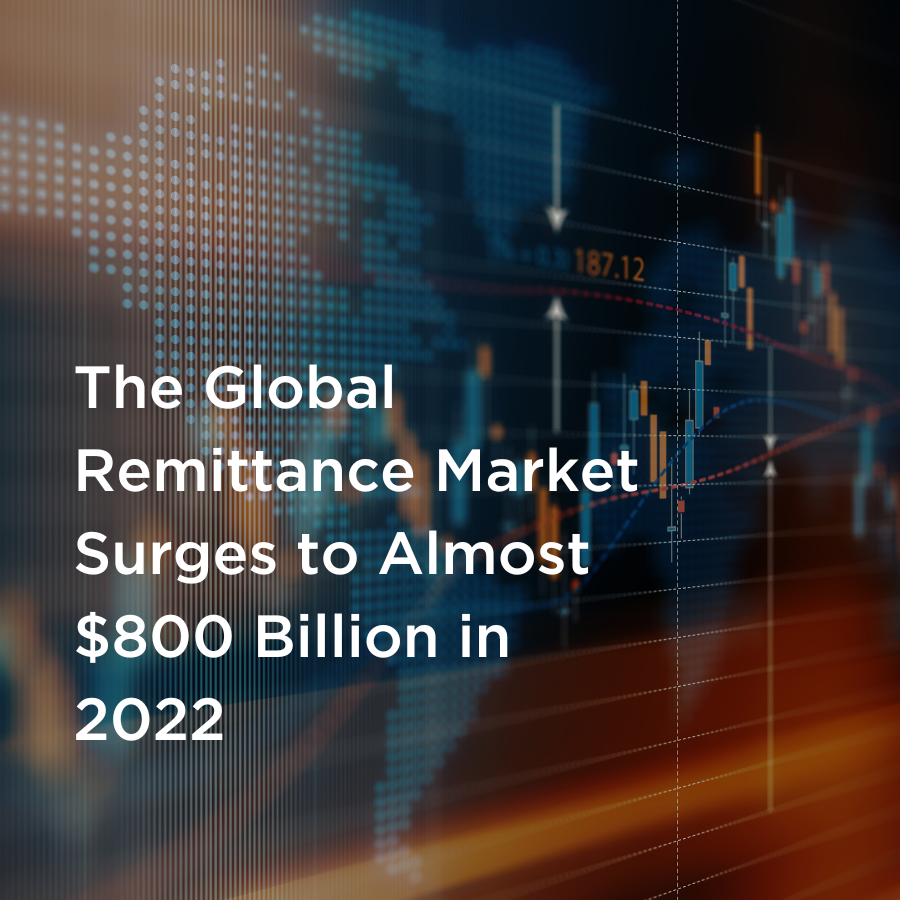














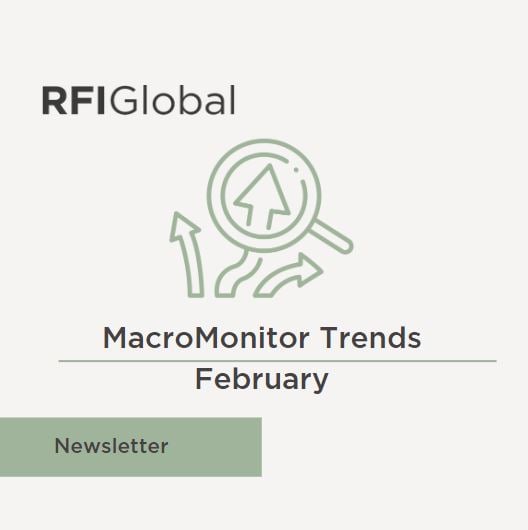


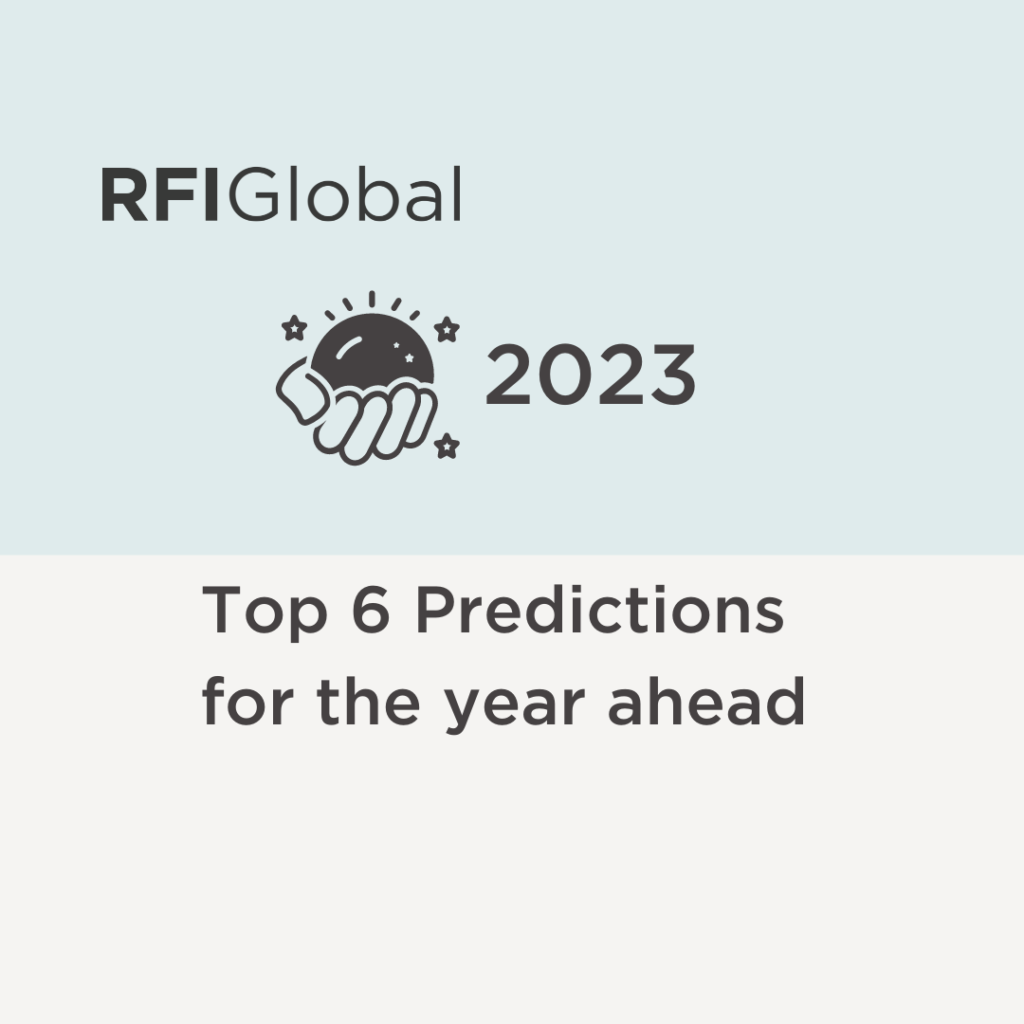
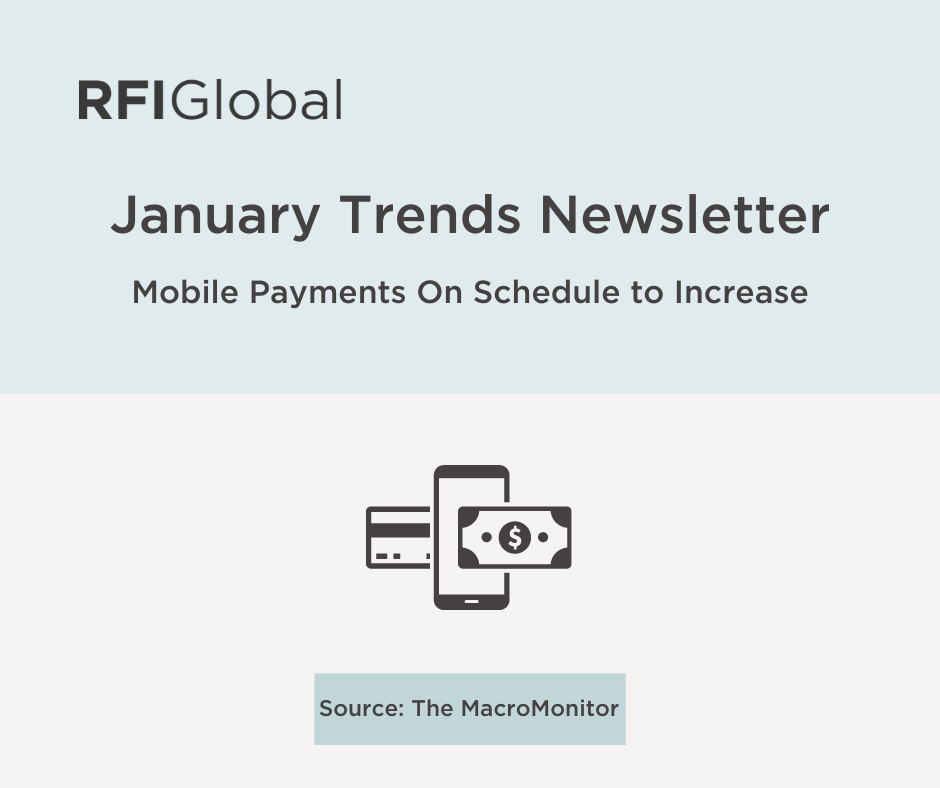















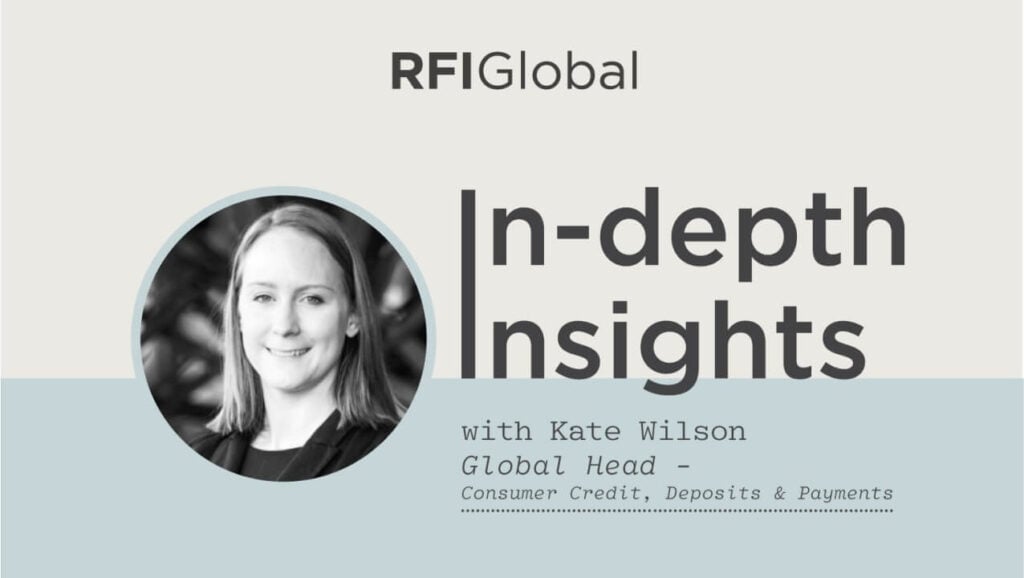










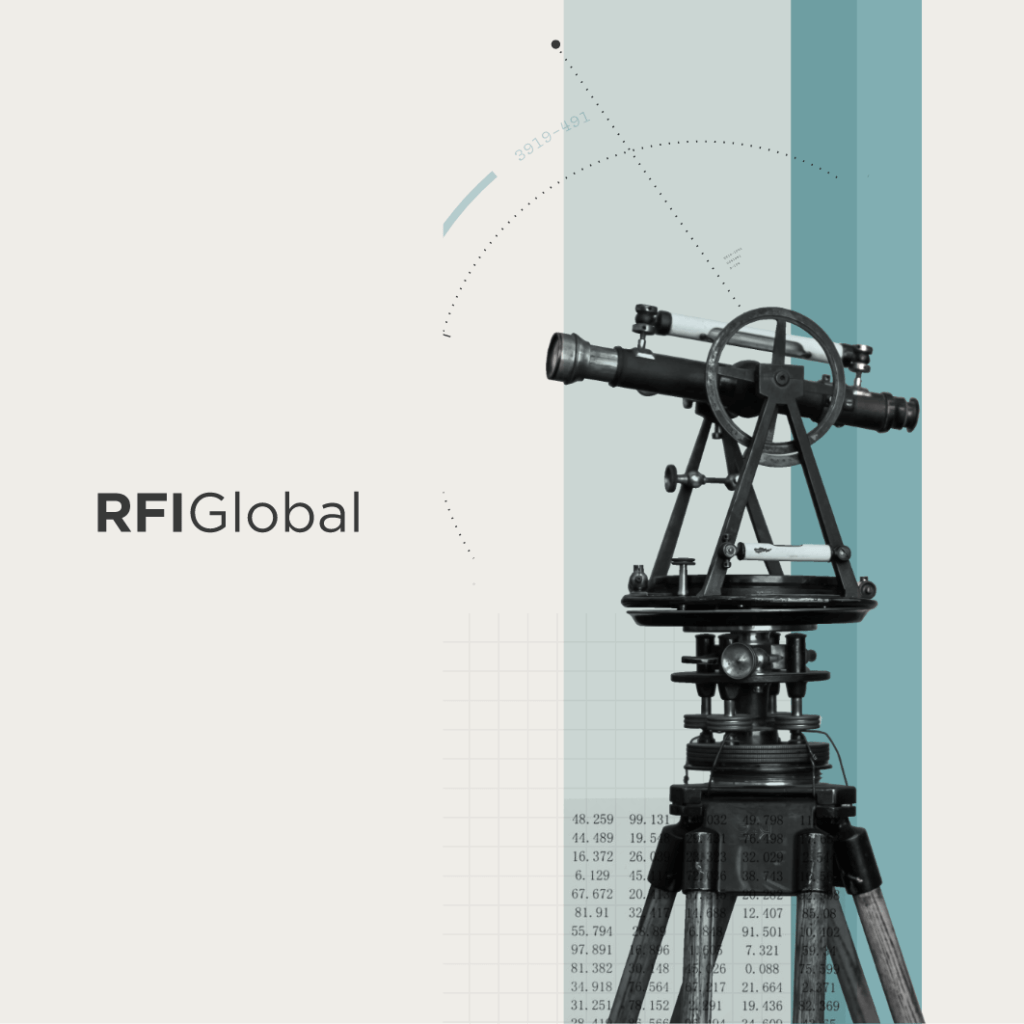


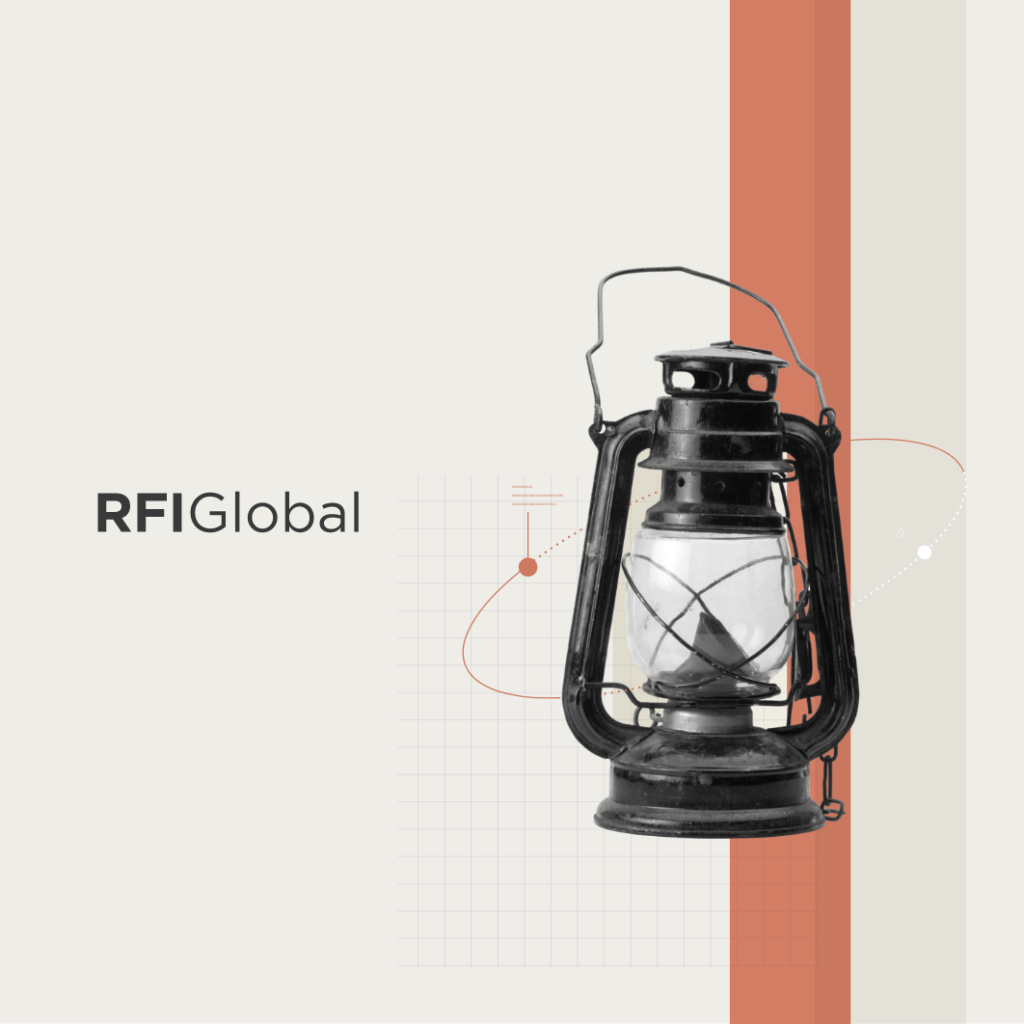
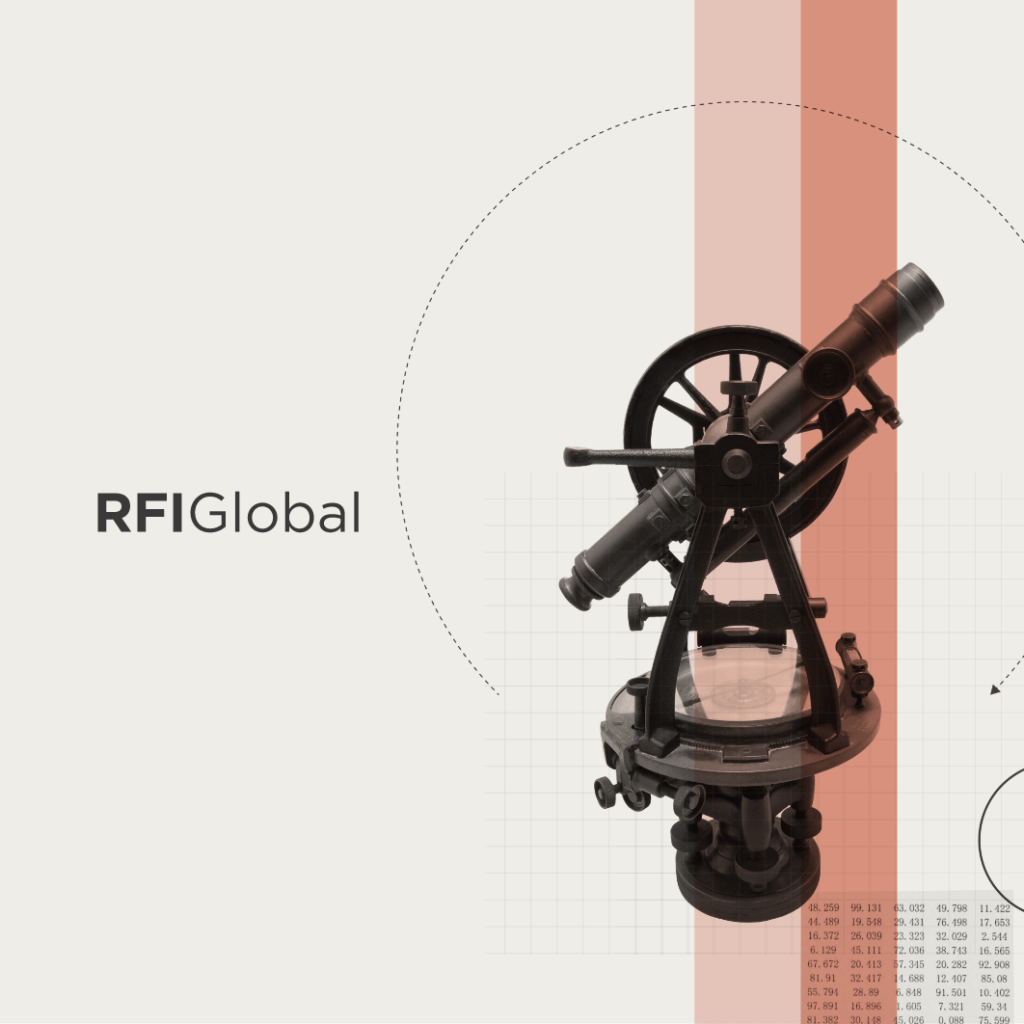
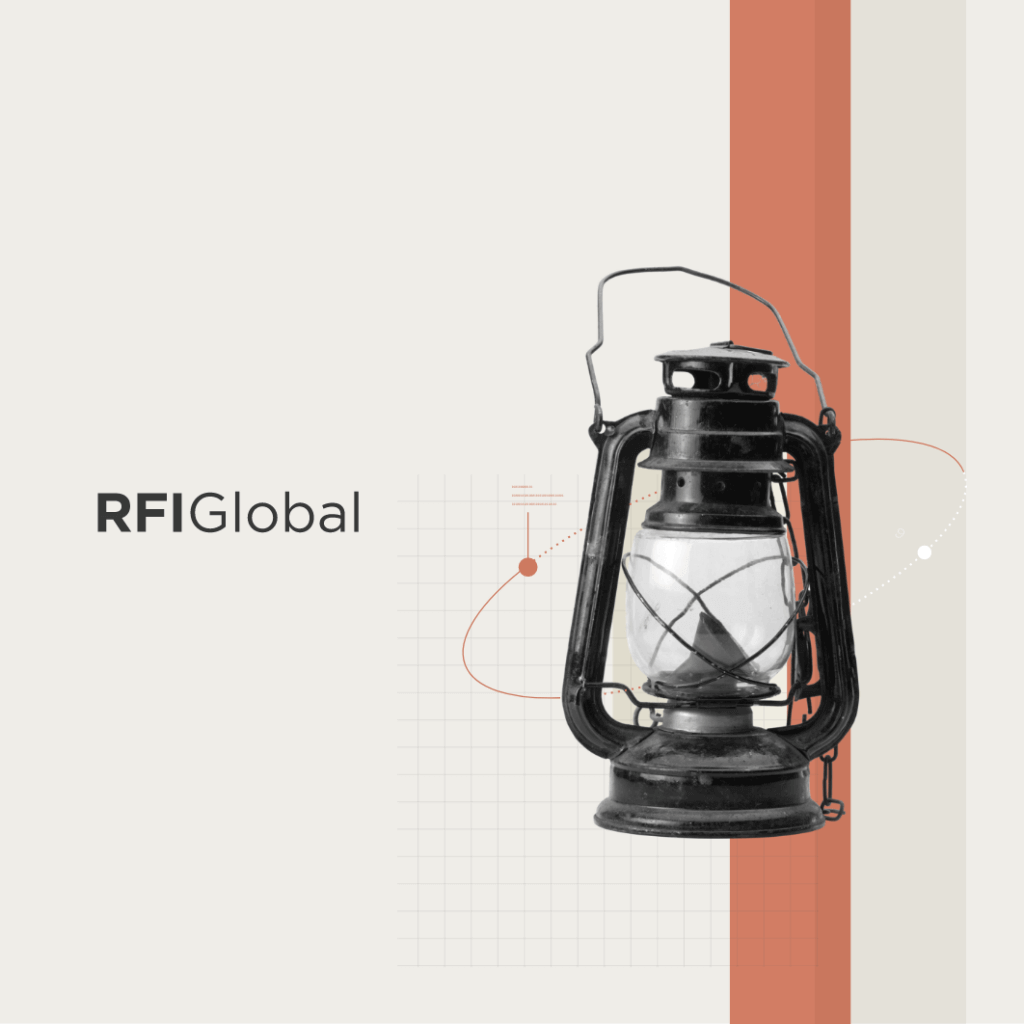
/NQA-ISO-27001-Logo-UKAS.jpg)